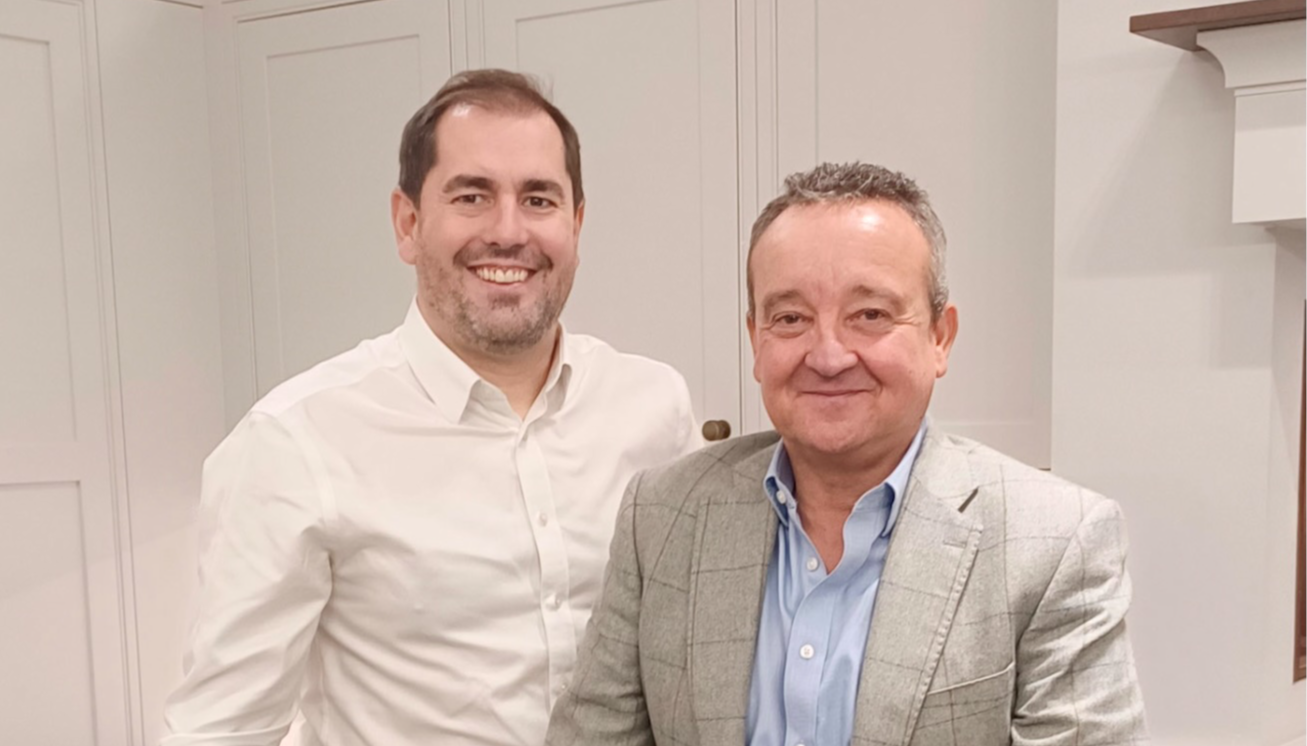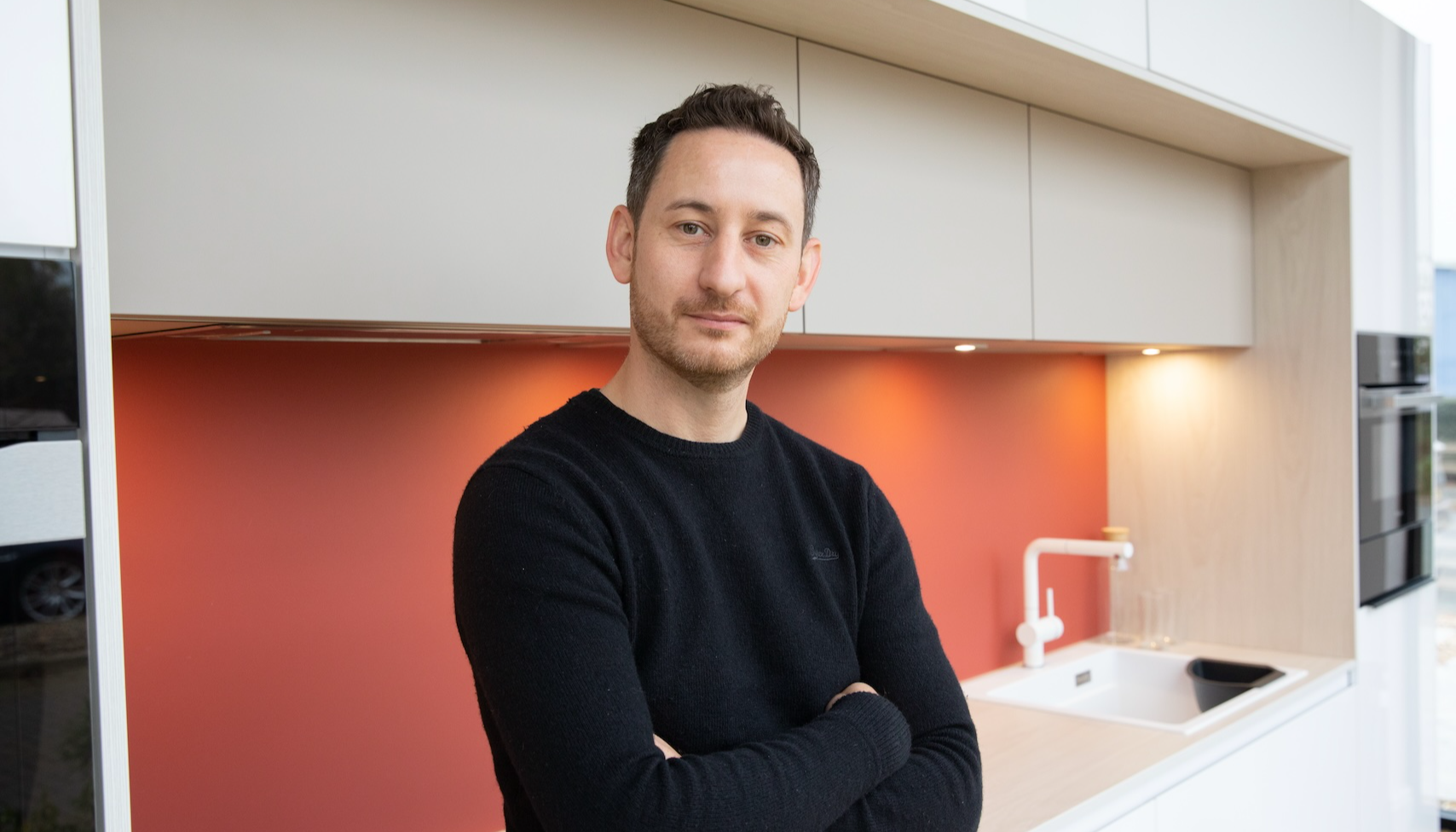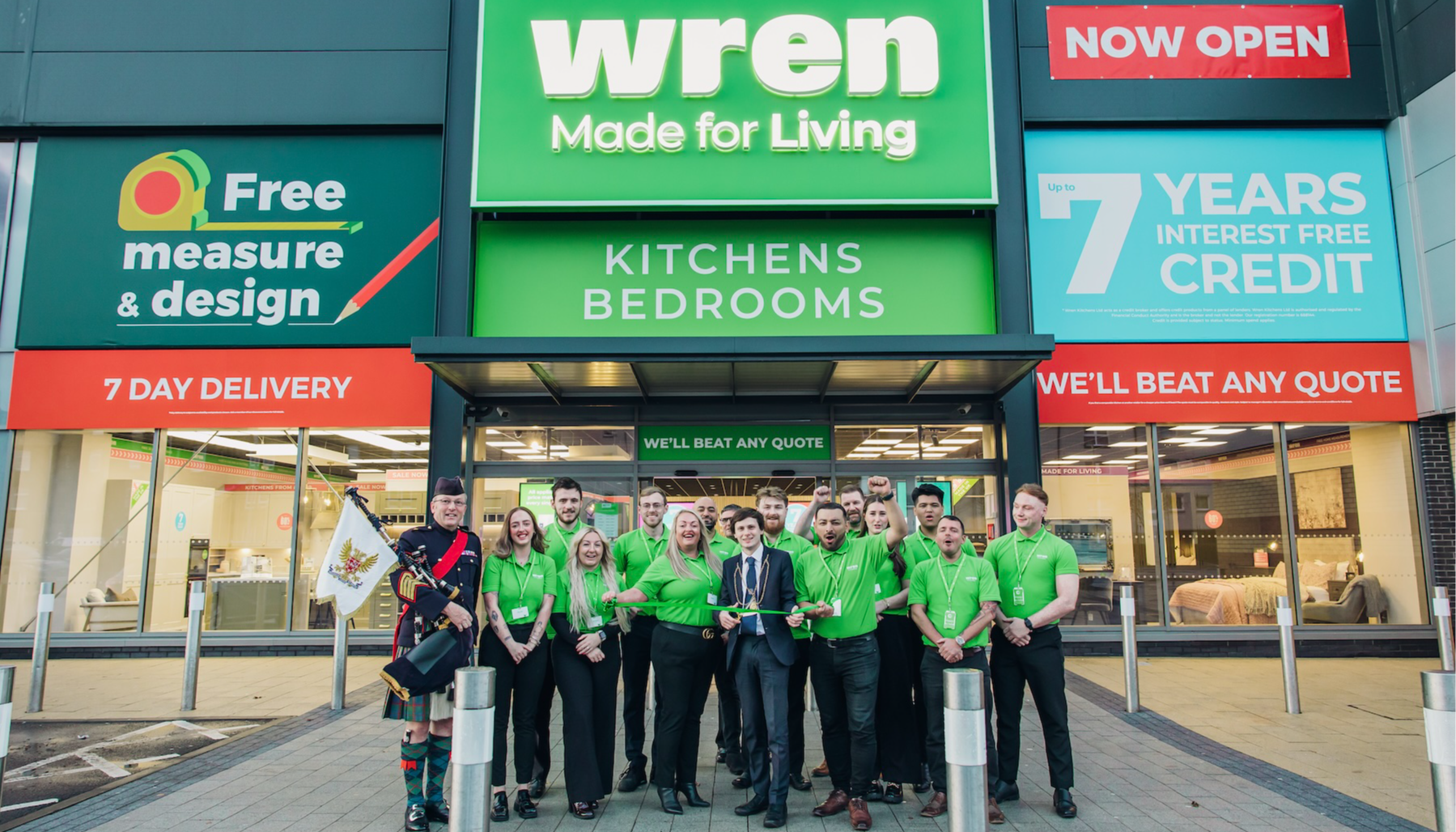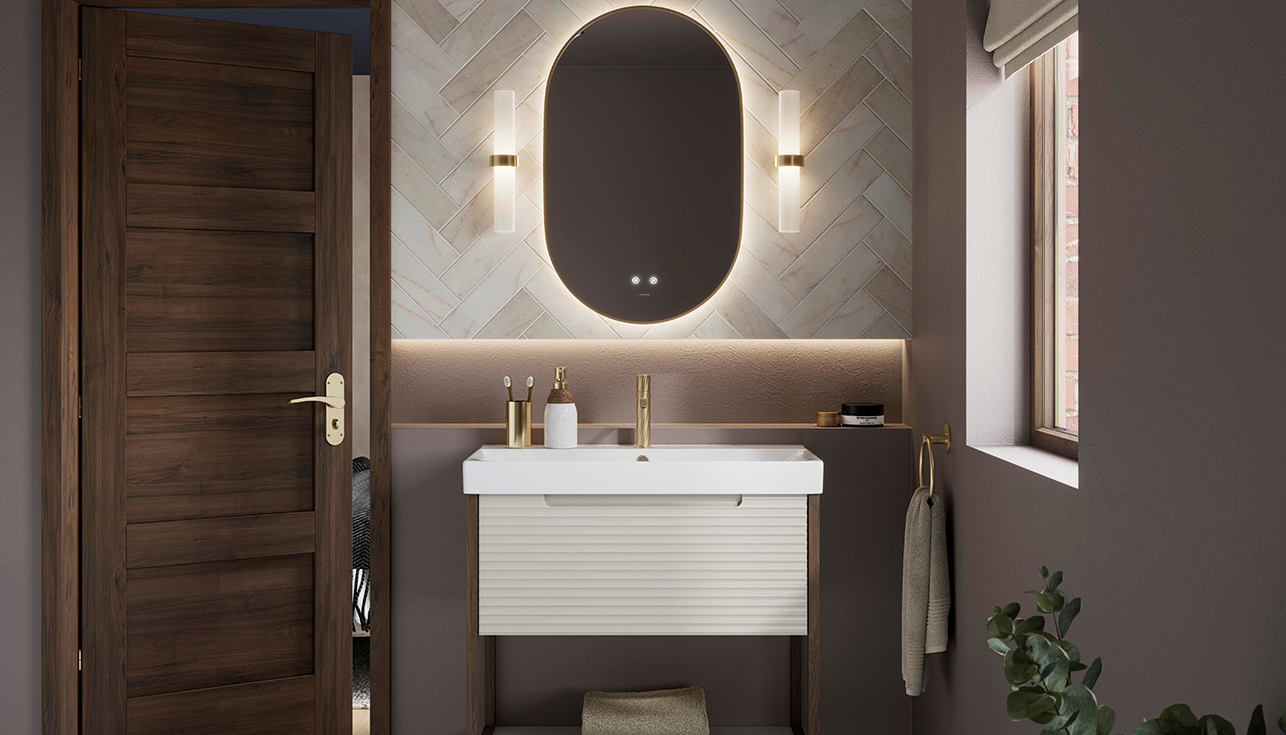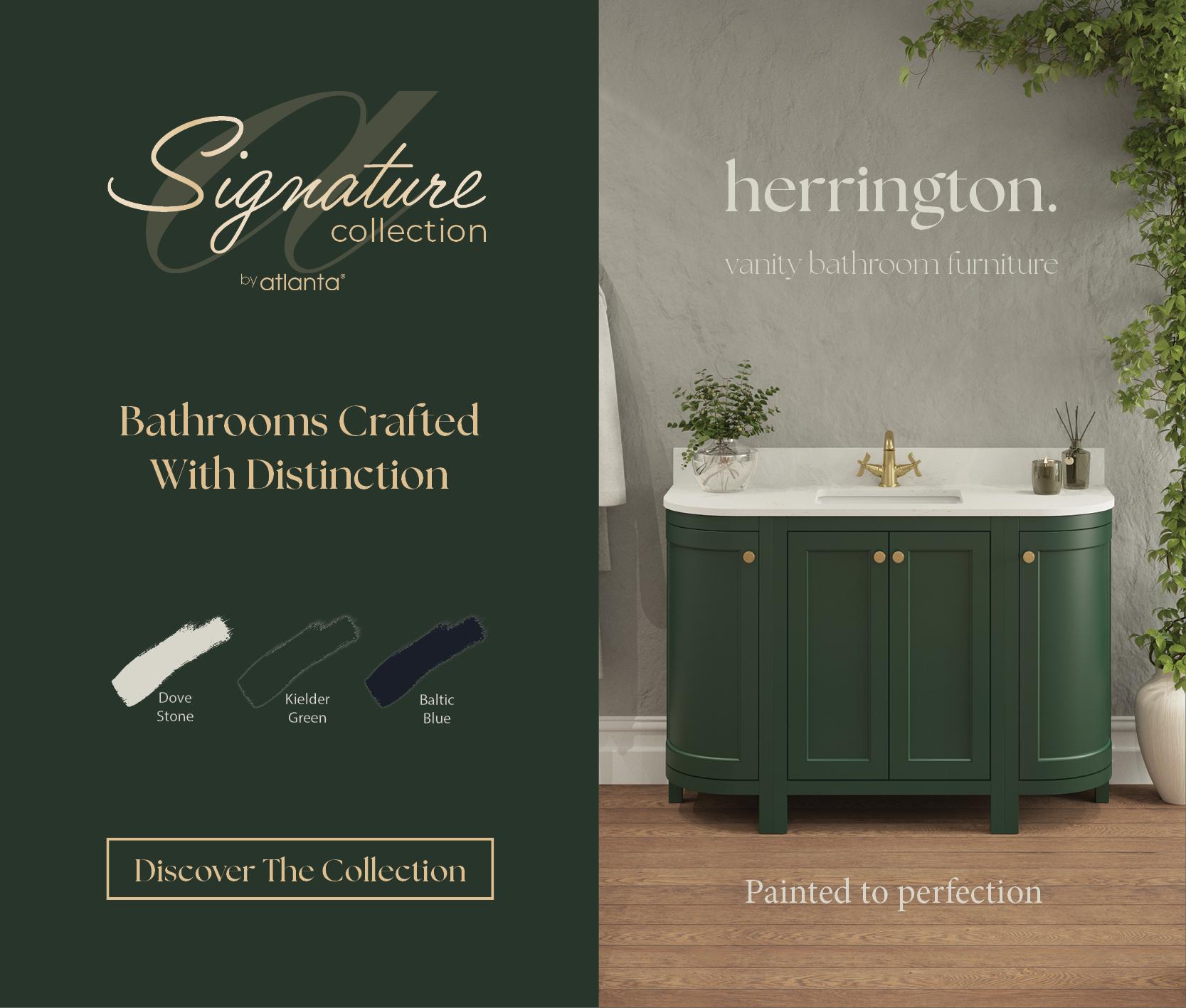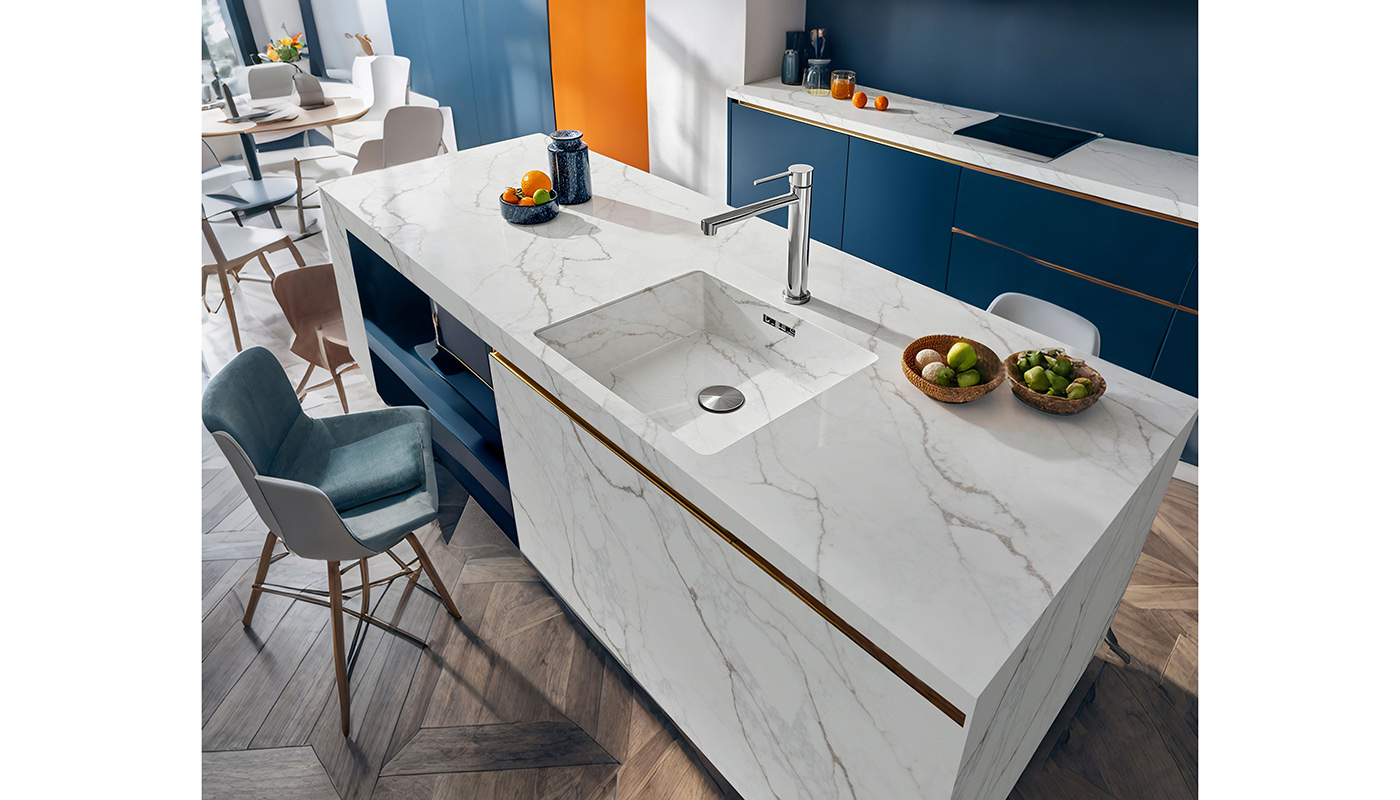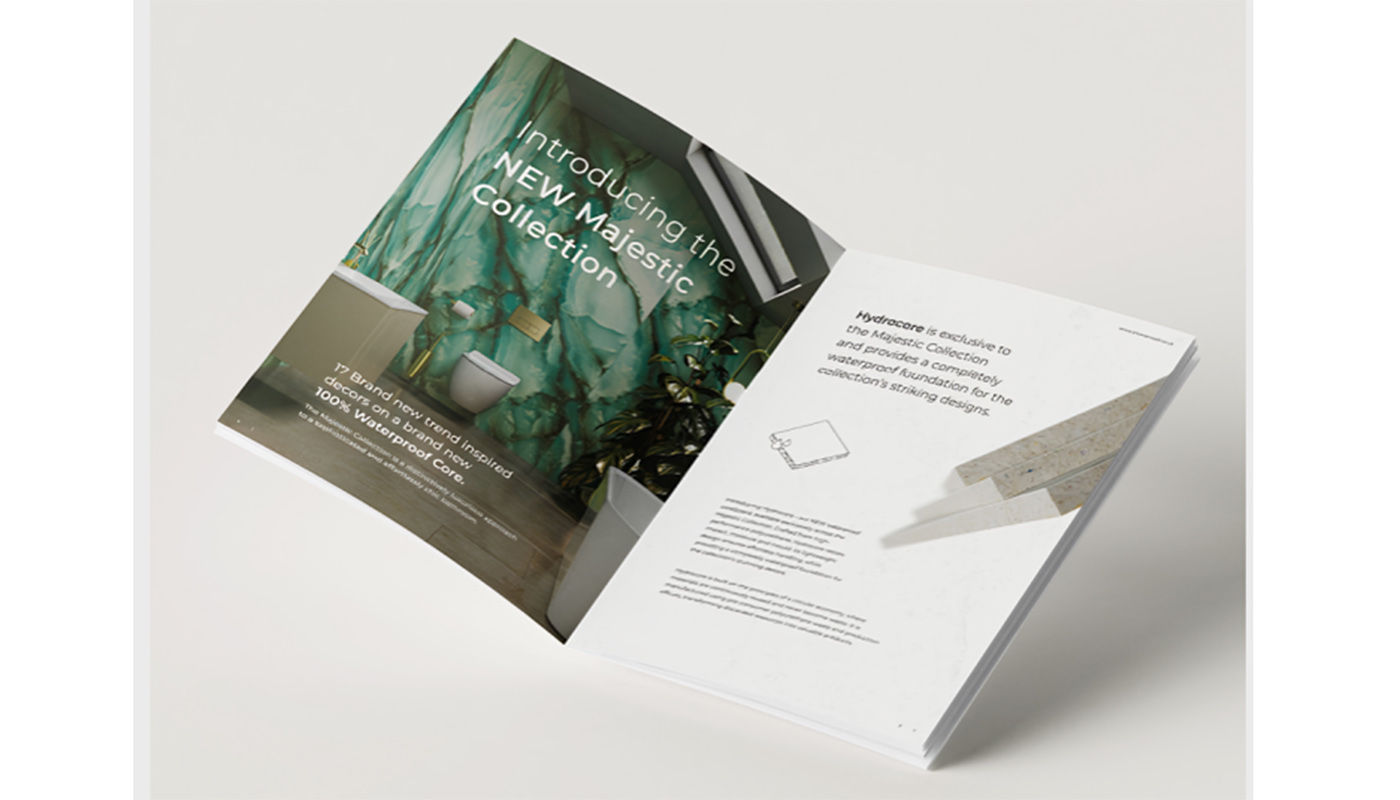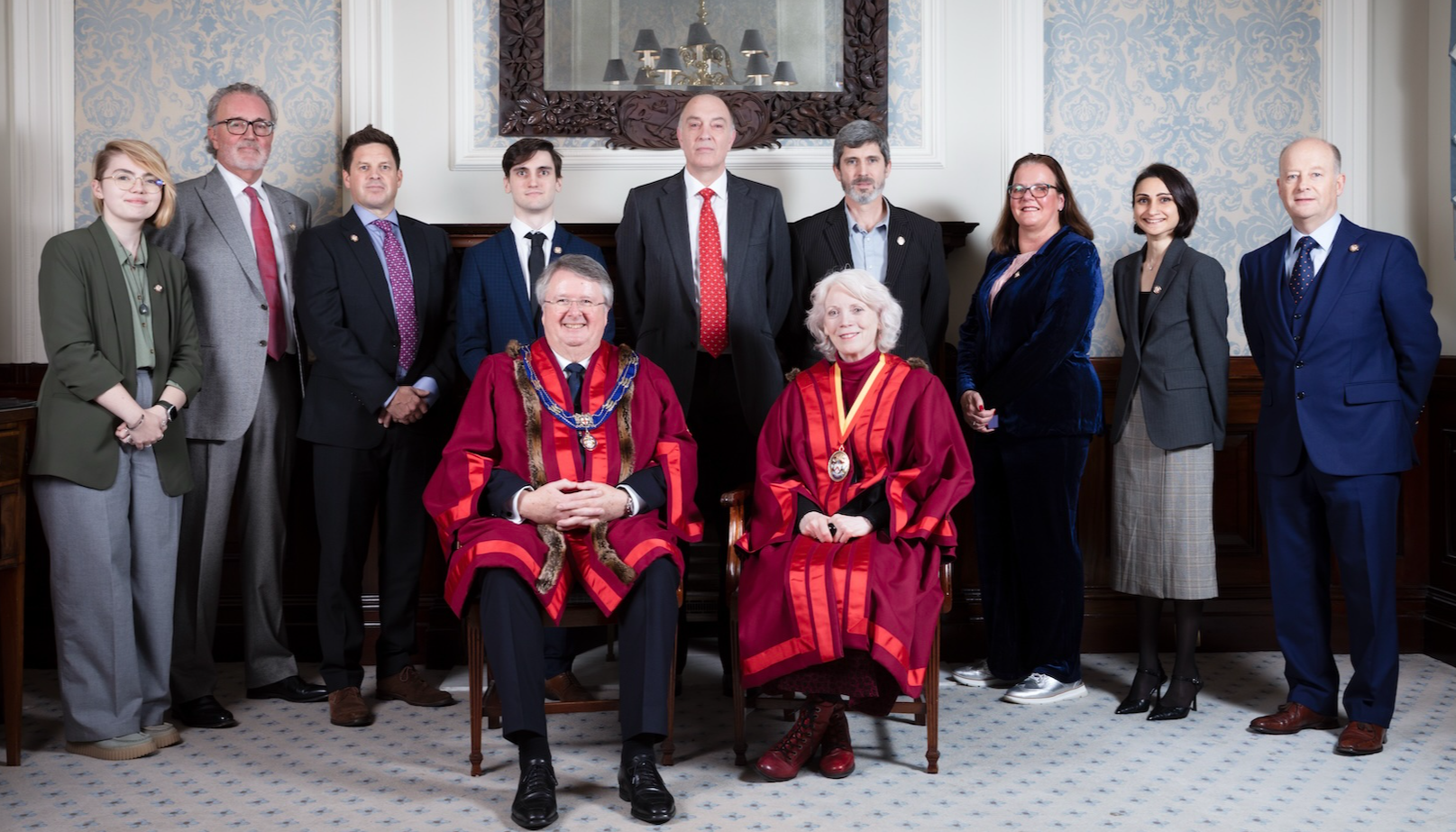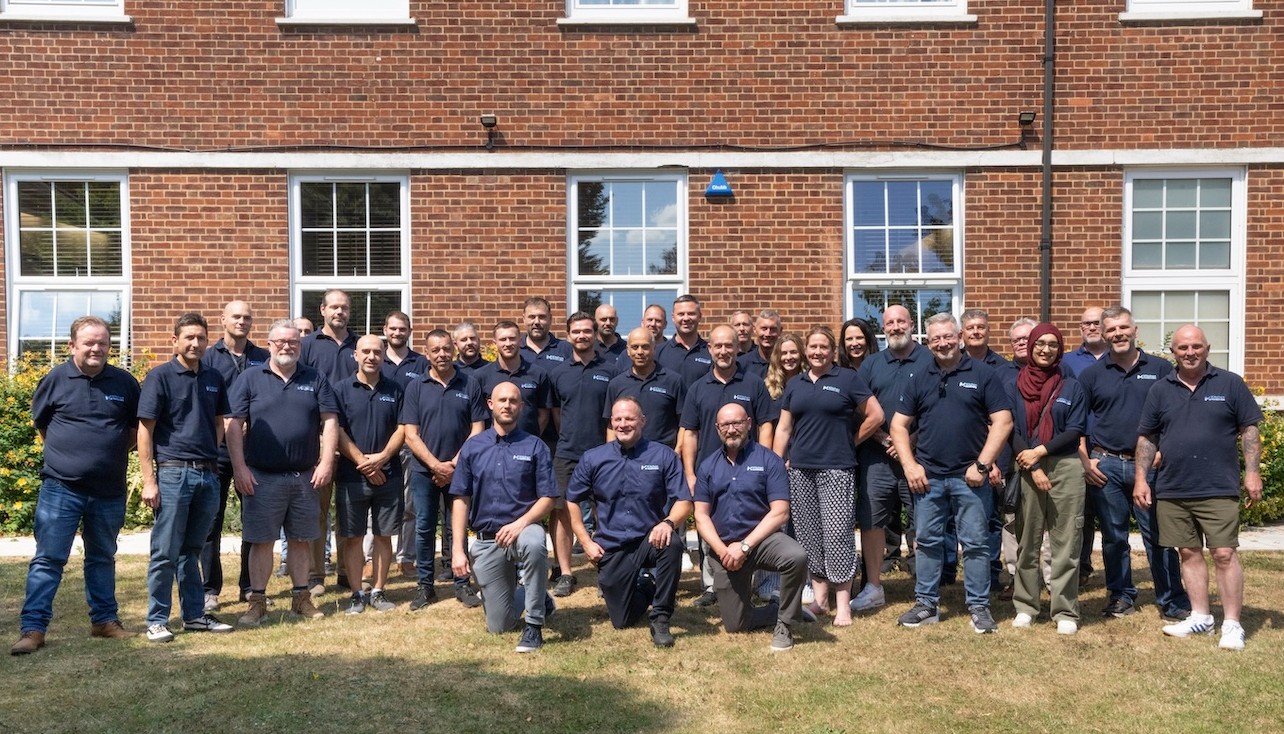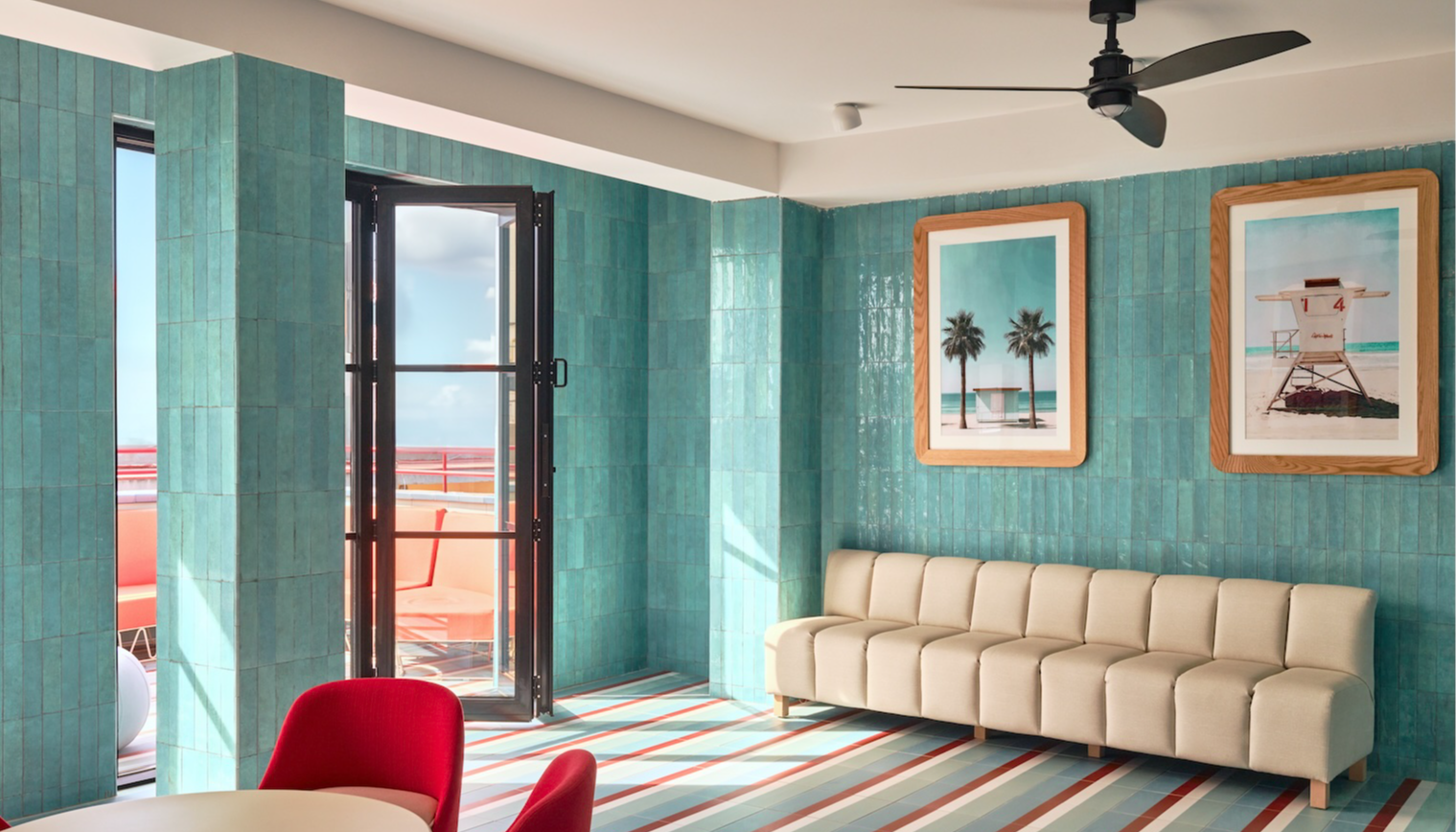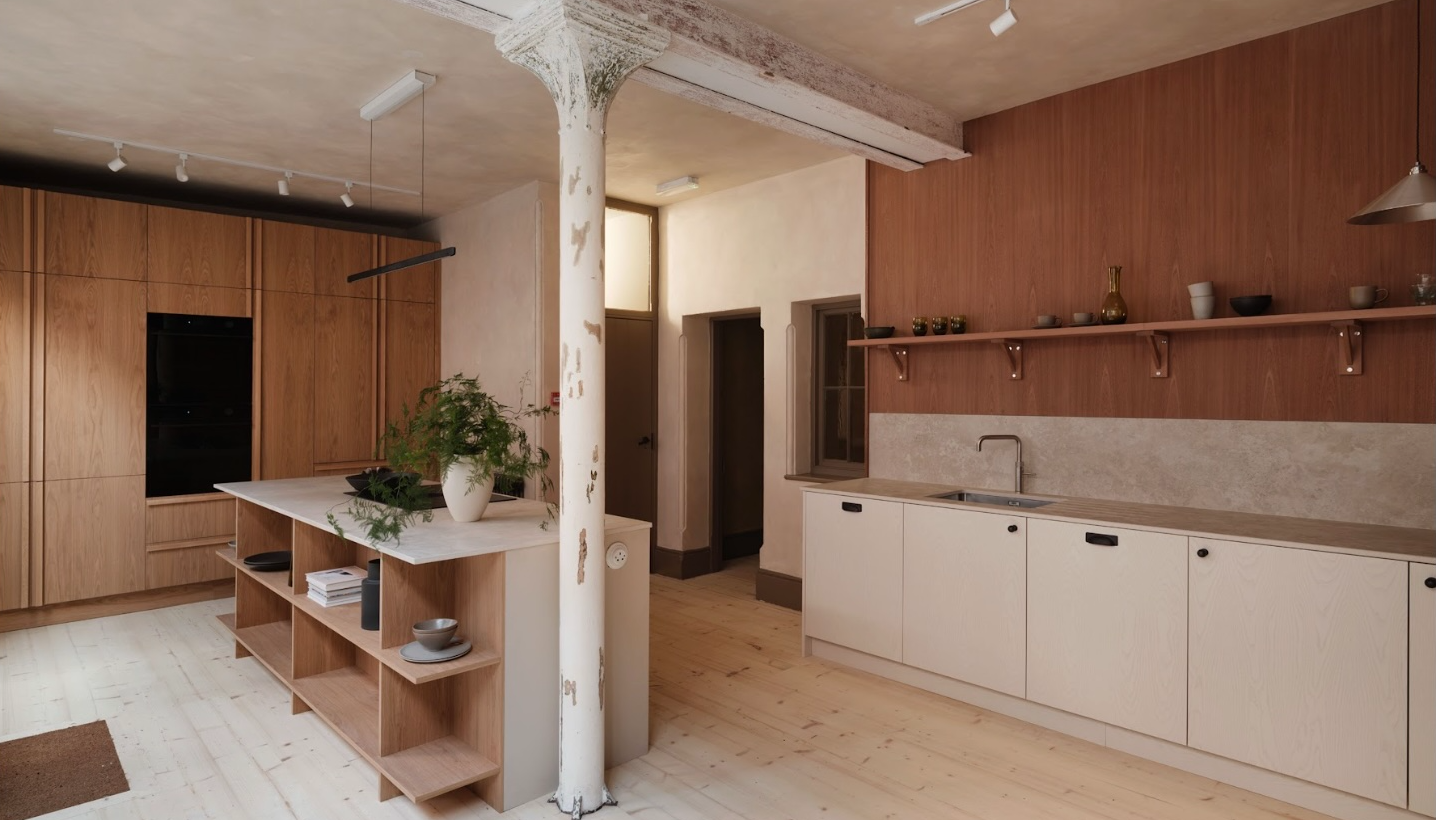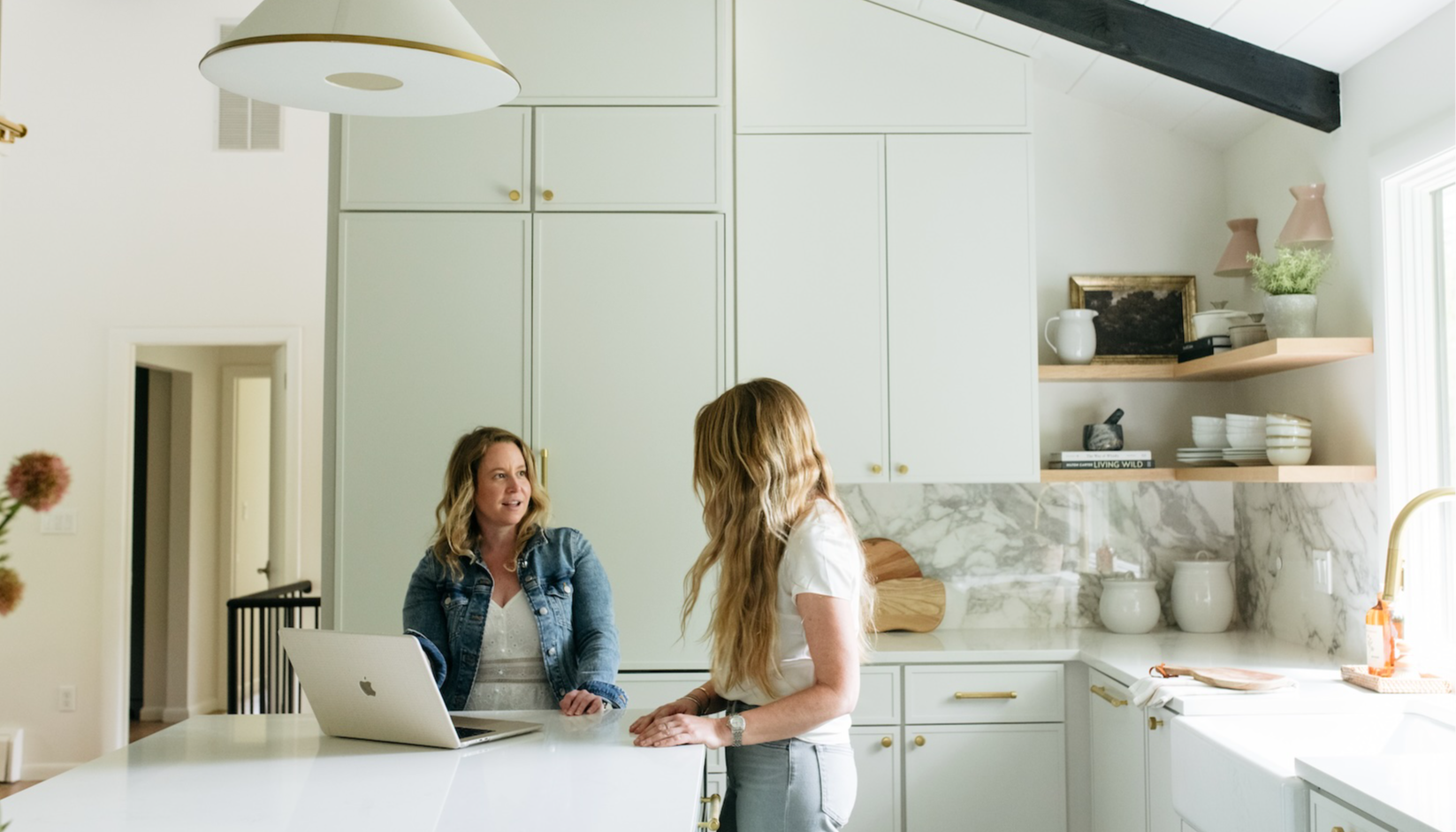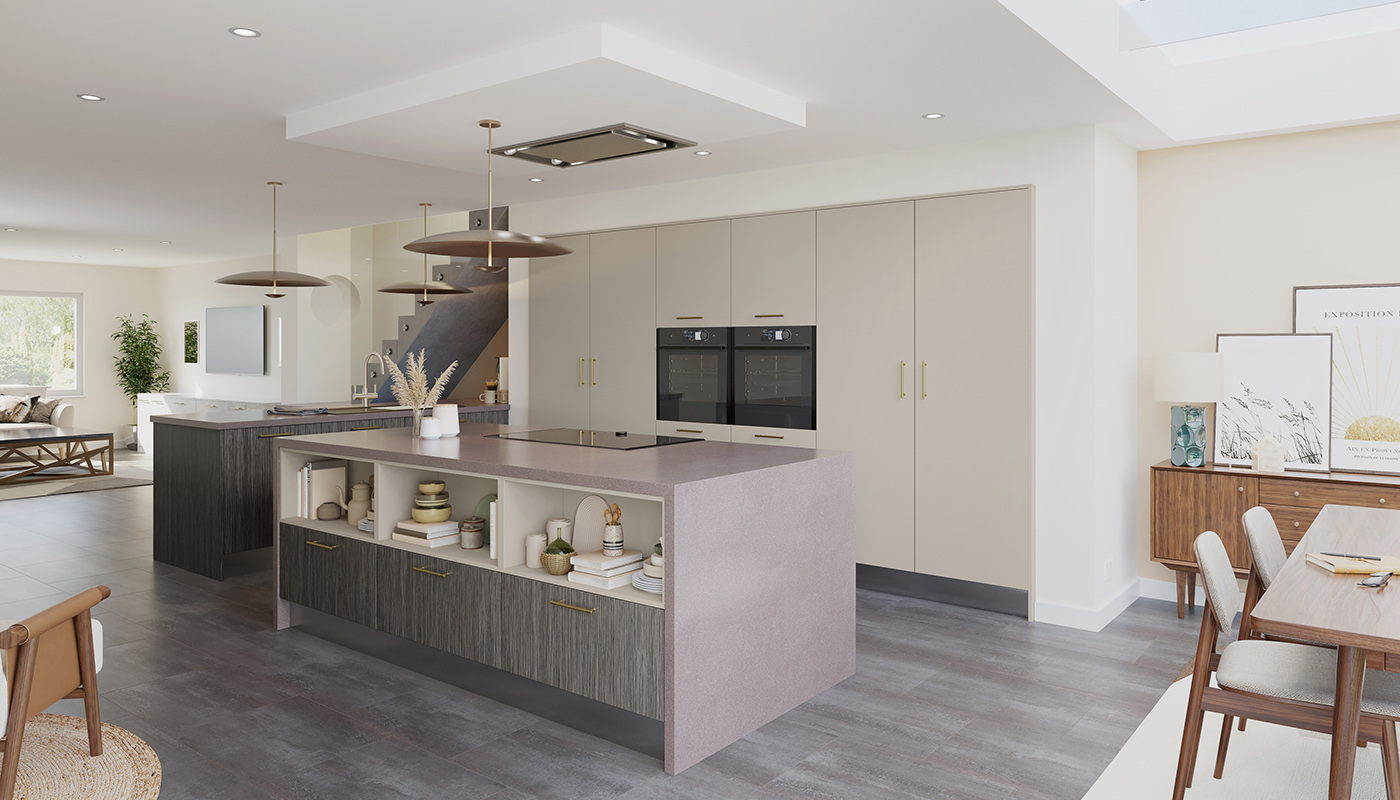Tom Reynolds – Why home adaptation duty holders need to up their game

Tom Reynolds – Why home adaptation duty holders need to up their game
People up and down the country are having to wait many months to be assessed for adaptations to their homes to make them more accessible, and that's before work even begins – it's time for duty holders and local authorities to up their game, says Bathroom Manufacturers Association chief executive Tom Reynolds.
As everyone in the industry is aware, we’ve experienced a pandemic-era wave of home improvement as the industry tailors homes to consumers’ shifting work, life and comfort demands. We all expect more from our homes than ever before and, for one section of society, their needs are driven by necessity rather than desire.
The English Housing Survey found 2019-20, 8% (1.9 million) of all households in England had at least one person with a longstanding physical or mental health condition which required adaptations to their home. But, with local authorities facing problems recruiting occupational therapists, backlogs created by the pandemic, and increasing numbers of people being referred, the adaptations waiting lists have gone up significantly.
A recent report by the Bureau of Investigative Journalism revealed average wait times of eight months in Salford, and seven months in Manchester, two of the longest periods in England.
The bathroom is the most common room to require adaptation for independent living, and the market for accessible products keeps manufacturers constantly innovating and evolving to stay one step ahead.
Whether it’s introducing high contrast taps, wetrooms, or raised toilets, altering peoples’ homes to suit changing mobility or disabilities is fundamentally about meeting need and creating a functional space.
The extent of adaptation requirements presents an opportunity for manufacturers, retailers and designers, especially given some of the more gloomy predictions of a softening of the wider home improvement market in the Autumn.
In the context of the adaptations backlog, local authorities and duty holders need to up their game and prioritise those on the adaptations waiting lists – people who want and deserve to live more comfortably.
The range of accessible bathroom products is vast, and they are now being designed and marketed to a wider audience, as multi-generational living is becoming more commonplace. Accessible, ageless bathrooms can easily be designed to suit the whole family and are no longer utilitarian, ugly or niche.
As we see the changing demands of the market, manufacturers are trying to increase awareness of what is available, and encourage retailers and designers to highlight the desirable, accessible products which can be a lifeline for some.
With people up and down the country having to wait many months just to be assessed for adaptations to their home, and longer still for the work to be completed, it’s time to rectify these snarl-ups in the system.
There is a compelling case for additional investment in such home adaptations by policy makers, to ensure bathrooms are safe, comfortable and useable for all, including elderly people, those with disabilities and anyone with restricted mobility.
Tags: insight, features, tom reynolds, accessible bathrooms, bathrooms




